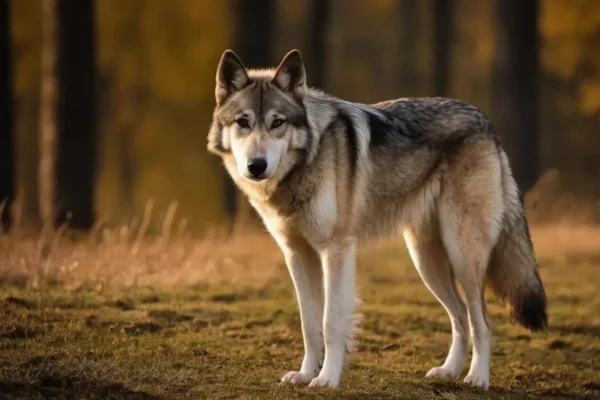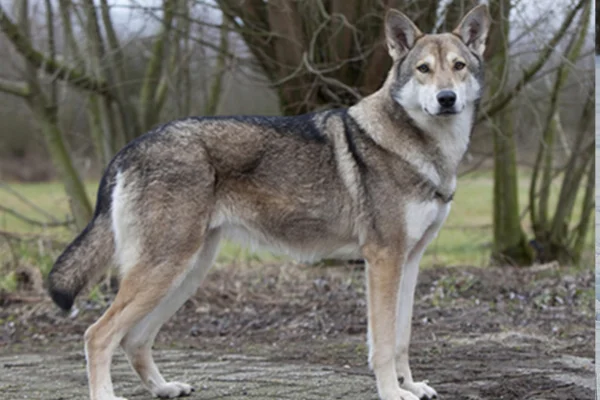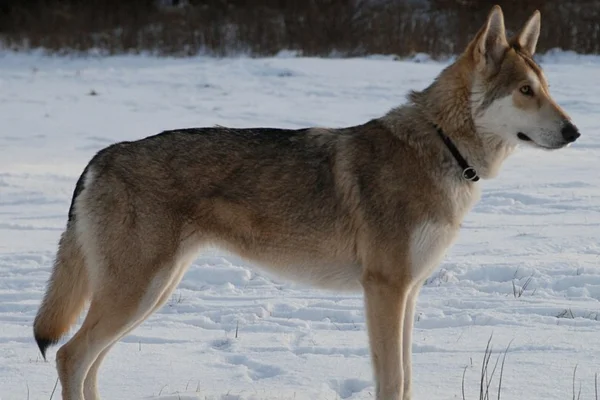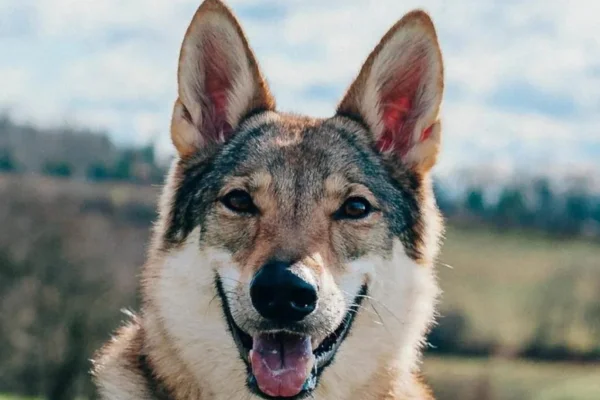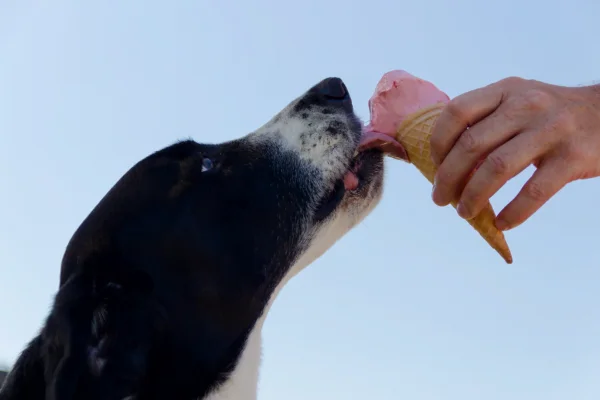The Saarloos Wolfdog: A Union of Beauty and Wild Behavior
The Saarloos Wolfdog, also known as the Saarloos Wolf, is a breed that captivates both with its impressive appearance and intriguing behavior. This dog, which may seem like a modern reinterpretation of wild wolves, combines the beauty of dogs with the essence of the wild nature of wolves. If you're interested in finding out more about this fascinating breed, read on to discover its characteristics, history, care and much more.
Origin and History
The story of the Saarloos Wolfdog begins in the 1930s, when a Dutch breeder called Leendert Saarloos decided to experiment with an unusual crossbreed. Saarloos wanted to create a dog that was both loyal and hardy, so he crossed a European wolf with a German shepherd bitch. The result of this experiment was the Saarloos Wolfdog, a breed that combines the intelligence and behavior of dogs with the majestic appearance of wolves.
Leendert Saarloos, an animal lover and genetics enthusiast, spent years refining crossbreeding to establish the desired characteristics. His work led to the creation of a breed that stands out for its natural abilities and an appearance that harks directly back to its wild ancestors. Since then, the Saarloos Wolfhound has been an impressive example of how mixing genetics can create an animal with unique qualities.
Contents
Physical characteristics
The Saarloos Wolfdog is a medium to large dog with an appearance that immediately resembles a wolf. Its physical traits are marked by a combination of strength and elegance. Here are some of the main characteristics that define this breed:
- Size and weight: Males generally weigh between 30 and 40 kg, while females are slightly smaller, weighing between 25 and 35 kg. Their height varies from 65 to 80 cm at the withers.
- Coat: The Saarloos' coat is dense and double, offering protection against adverse weather conditions. The coat color can vary, but the most common shades are grey, brown and silver. The coat is generally thick and resistant, with a rough outer layer and a dense undercoat.
- Head and Face: The Saarloos Wolfhound has a broad, strong head with erect ears and an alert expression. Its eyes are usually amber in color, giving it a penetrating and enigmatic look.
- Body and tail: Its body is robust and well-proportioned, with defined muscles that demonstrate its strength and endurance. The tail is long and bushy, often held erect when the dog is excited or alert.
Behavior and Temperament
The Saarloos Wolfdog's temperament is one of the breed's most fascinating characteristics. They are known for being independent and intelligent dogs, with a strong inclination towards autonomy. Here are some aspects of this breed's behavior and temperament:
- Intelligence: The Saarloos Wolfdog is extremely intelligent and has a natural ability to learn. However, their intelligence can be a challenge for inexperienced owners, as they can be stubborn and require consistent and firm training.
- Independence: Unlike many other dog breeds, the Saarloos can show more independent behavior. They have an autonomous nature and may prefer to explore and make decisions on their own, which can be both an attractive and challenging trait for owners.
- Socialization: These dogs tend to be reserved with strangers, but can form very strong bonds with their owners and other pets they live with. Early socialization is crucial to ensure that they become well-adjusted and friendly with people and other animals.
- Energy and Exercise: The Saarloos Wolfhound is an active dog that needs regular exercise to stay healthy and happy. They are natural working dogs and benefit from physical activities that stimulate their mind and body, such as long walks, runs and interactive games.
Care and Maintenance
Keeping a Saarloos Wolfdog involves specific care due to its coat and behavioral needs. Here are some tips to ensure that your Saarloos receives proper care:
- Coat: The Saarloos' coat requires regular brushing to remove loose hairs and prevent knots from forming. Brushing should be done at least two to three times a week, and during coat changes, which occur twice a year, the frequency may need to be increased.
- Health: Like any breed, the Saarloos Wolfhound can be prone to some specific health conditions. It's important to have regular check-ups with the vet and watch out for signs of possible problems. Among the most common conditions are hip dysplasia and skin problems.
- Nutrition: A balanced, high-quality diet is essential for maintaining Saarloos' health and energy. Make sure you provide appropriate food for the dog's age, size and activity level.
- Training and Socialization: Due to their independent nature, training should be started early and be consistent. Use positive training methods and rewards to motivate the dog. Early socialization is also key to helping Saarloos adapt well to different situations and people.
Challenges and considerations
Before deciding to adopt a Saarloos Wolfdog, it's important to consider some of the challenges that can come with owning this breed:
- Time and Commitment: The Saarloos Wolfdog requires a significant commitment of time and energy. They need regular exercise and mental stimulation to avoid boredom and destructive behavior.
- Space: Due to their size and level of activity, they adapt best to homes with outdoor space. A closed environment may not be ideal for this breed.
- Owner's experience: The breed is best suited to experienced owners who understand the specific needs and behavior of the Saarloos Wolfhound. Beginners may find it challenging to deal with the breed's independence and stubbornness.
Conclusion
The Saarloos Wolfdog is a fascinating breed that combines the wild beauty of wolves with the qualities of domesticated dogs. With their imposing appearance and unique temperament, they are animals that require a dedicated and experienced owner. If you are prepared for the challenges and willing to invest time and effort, the Saarloos can be a loyal and exciting companion. With proper care and consistent training, this breed can become a beloved member of the family, bringing with it the majesty and mystery of its wild ancestors.

